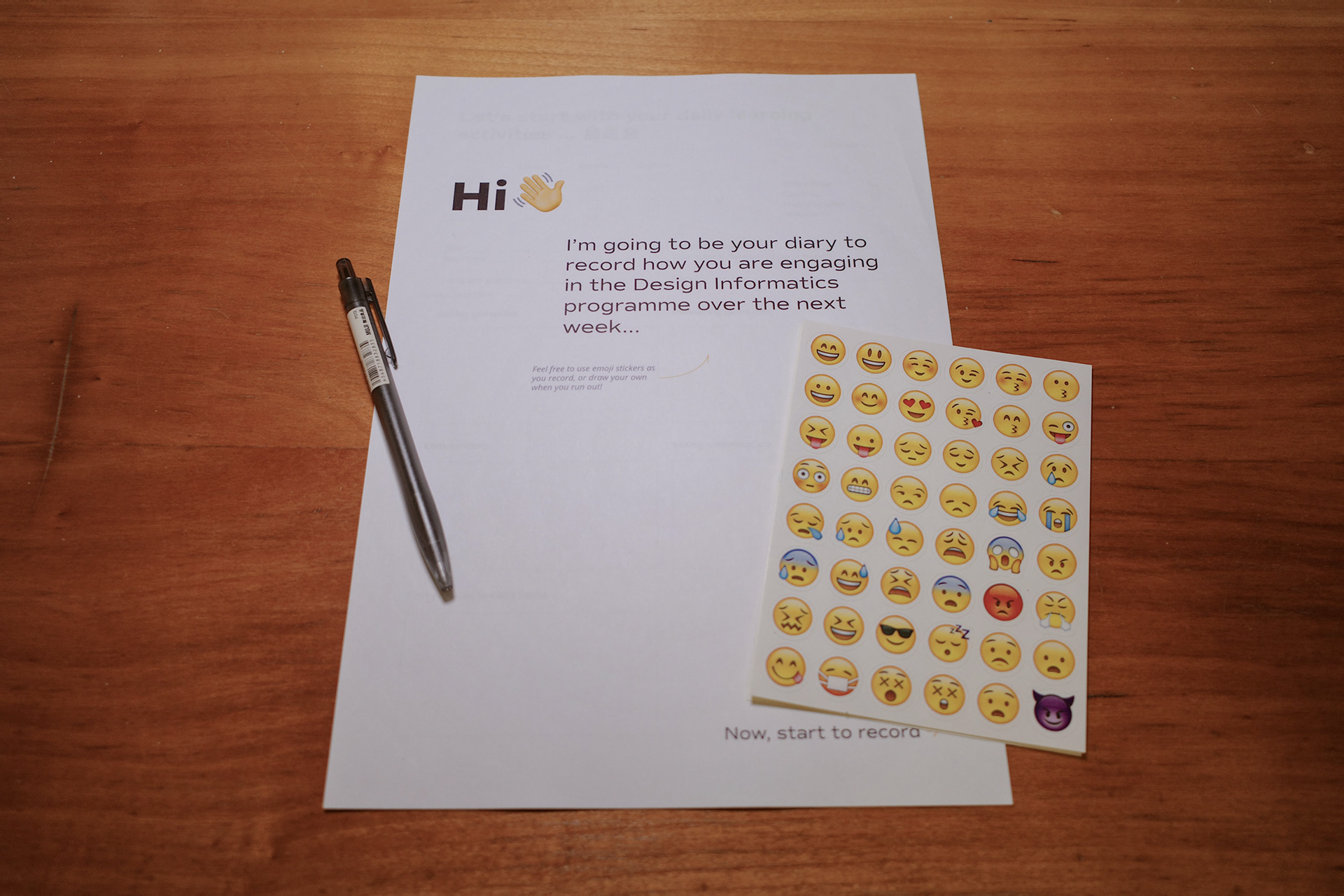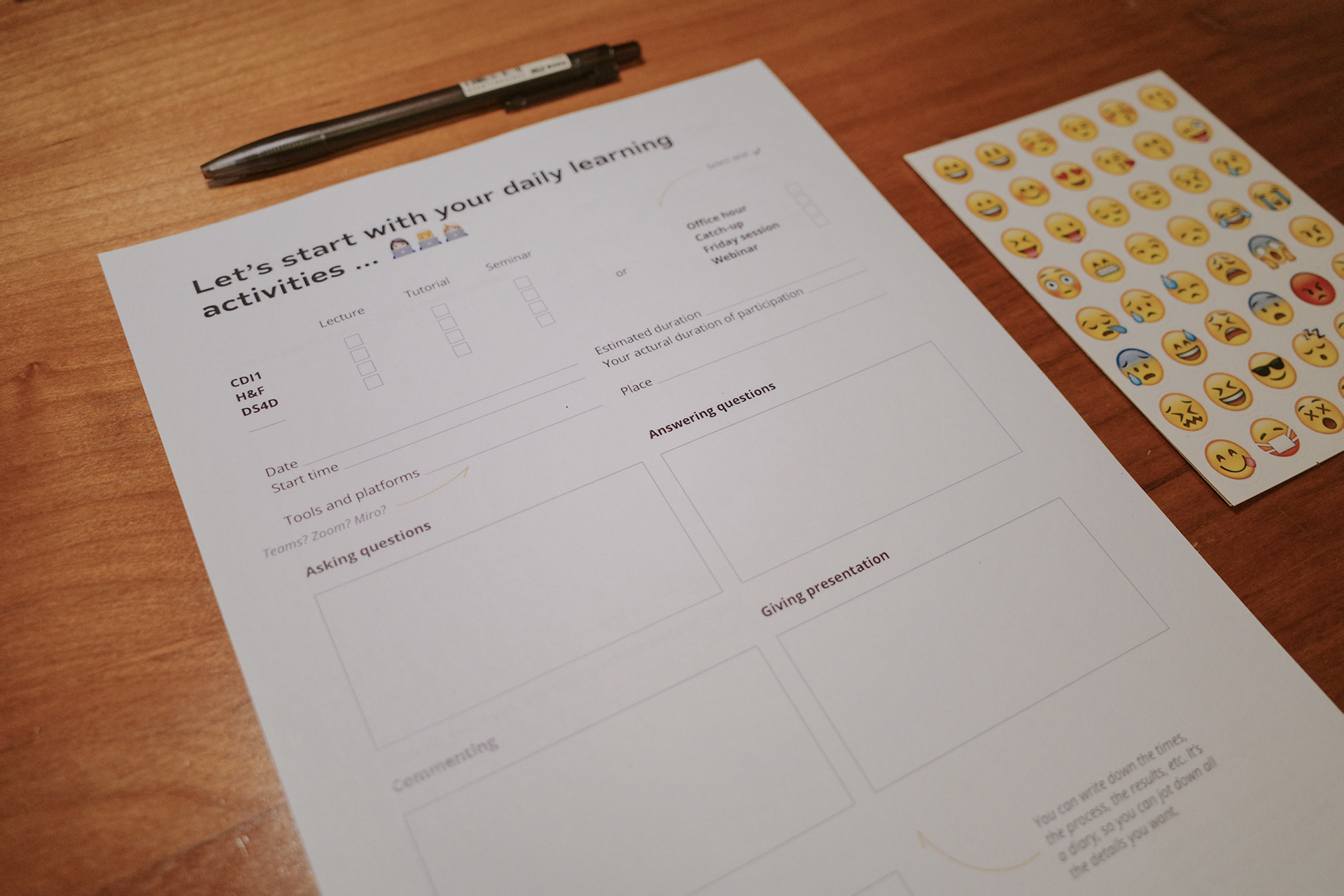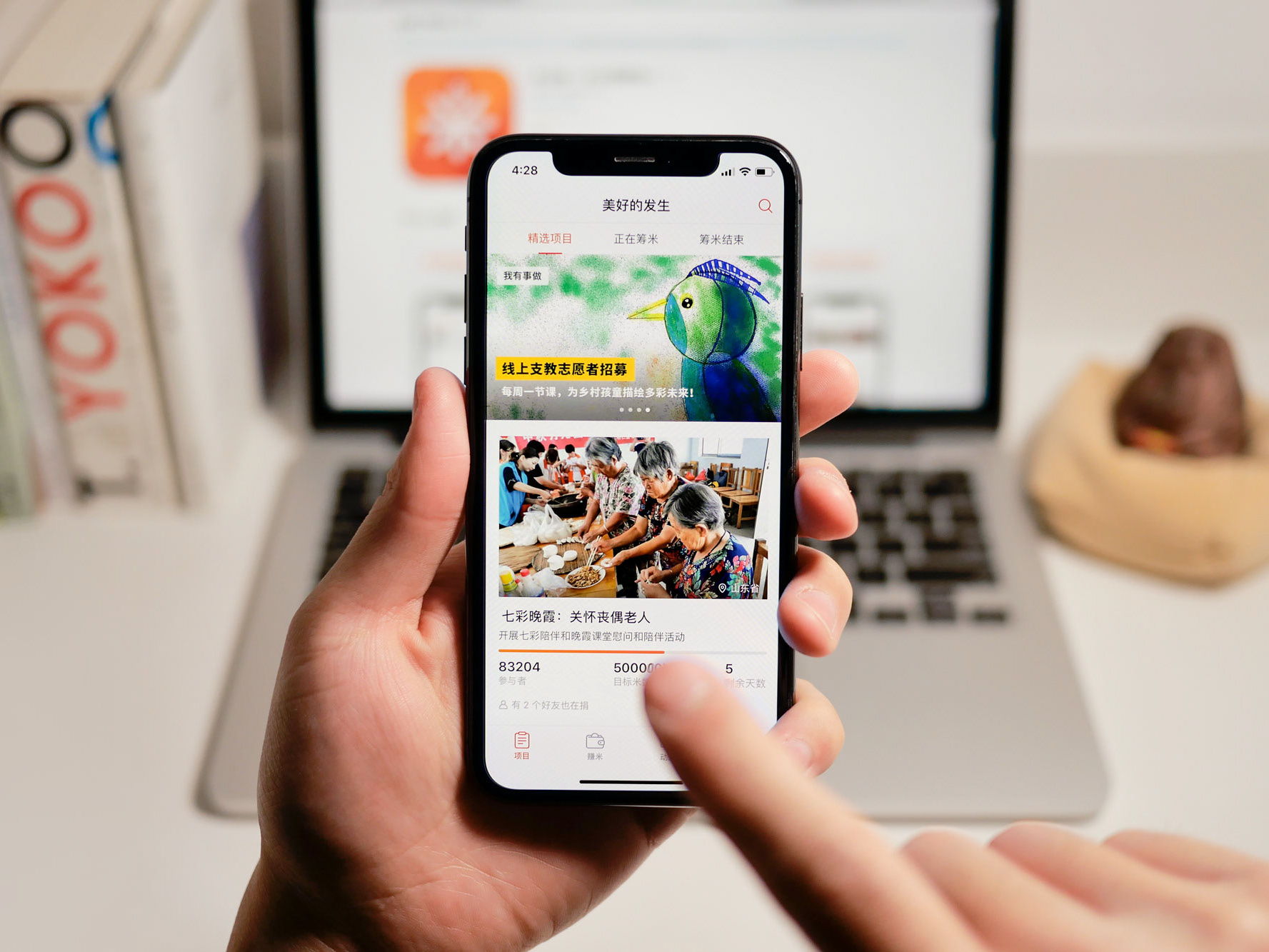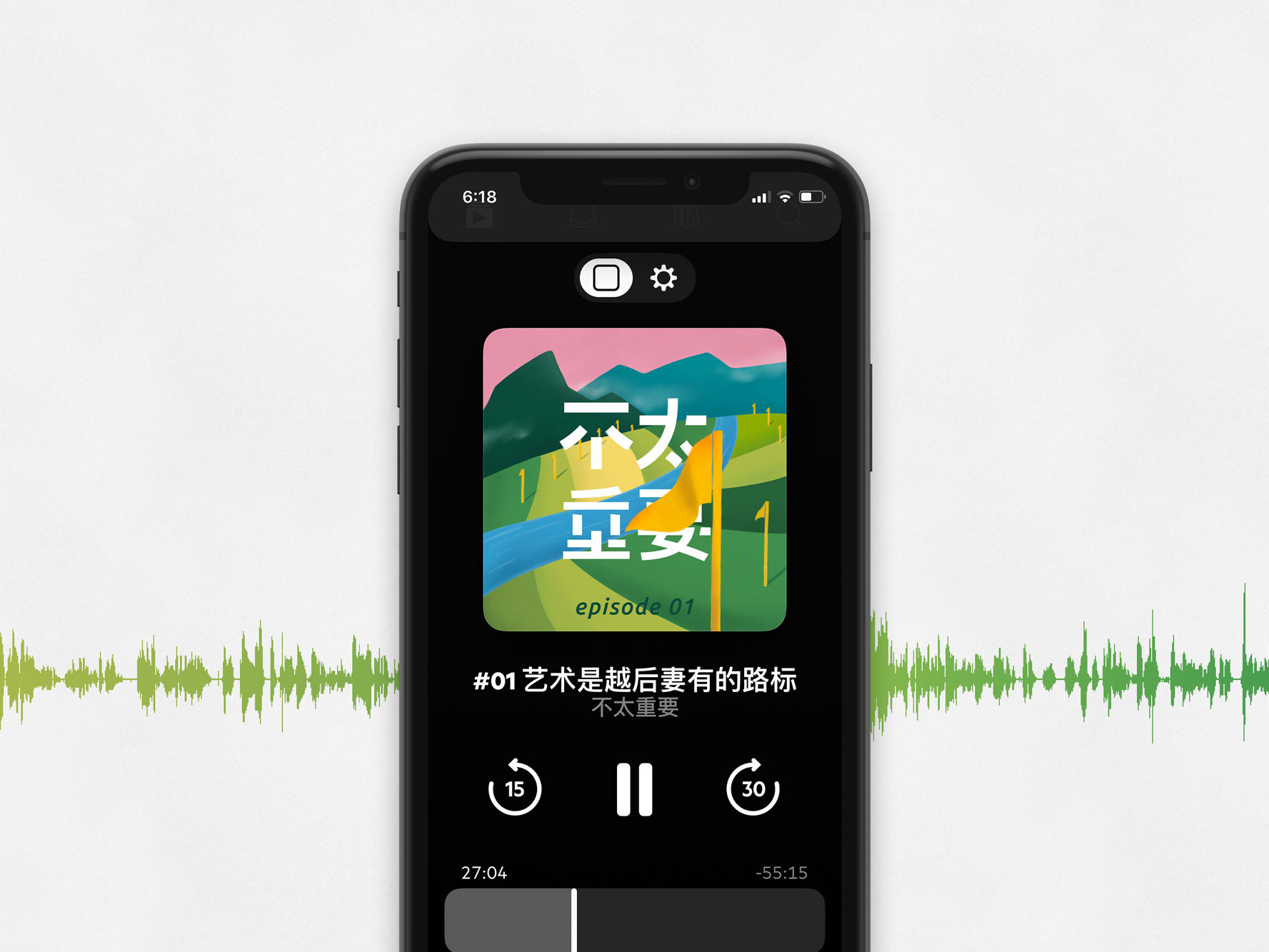Key insights from user research forming the basis of our artefact are as follows. TL;DR? Just skip it :)
Cognitive
1. Reading relevant material before class will increase the number of times students ask and answer questions in class.
2. Passive students hardly ask questions, but often look at the questions asked by others.
3. Current questions about study materials are usually asked individually but students want to discuss them with others.
4. Asking questions noticed and answered by teachers can greatly increase students’ engagement.
Emotional
1. Students are reluctant to express negative emotions directly to the teacher during lessons.
2. Courses that have clear structure, tasks and guidance are more popular.
Behavioral
1. Using a real-time handwritten board can improve student focus.
2. Students are easily distracted in online courses, partly because some courses are too long or they lack interest in the content.
3. Courses that are fast-paced or carry out some activities will increase student focus.
4. Passive students show a preference for video recordings. Although they do not often ask teachers questions, they usually think deeply when reviewing the recordings.
Camera
1. Students are reluctant to turn on the camera mainly because they are not confident about their appearance or the surroundings.
2. Peer pressure makes some willing students hesitant to open their cameras.
3. Seeing students’ facial expressions and body language can help teachers understand if students have questions or if they are interested.
Group Work
1. The more students contribute to the group and the more positive comments they receive, the more engaged they feel.
2. Different roles naturally arise in the group. The leader and discussion moderator usually feel more engaged than followers.
3. Tasks with division that allow each member to have a clear contribution can increase their engagement.
Tools and Language
1. Course materials and teacher notifications are always found in different platforms.
2. There is a strong connection between students’ sense of engagement and their familiarity with and interest in the course content.
3. Language barriers may increase engagement in group work as it allows participants to listen and express themselves more attentively.










